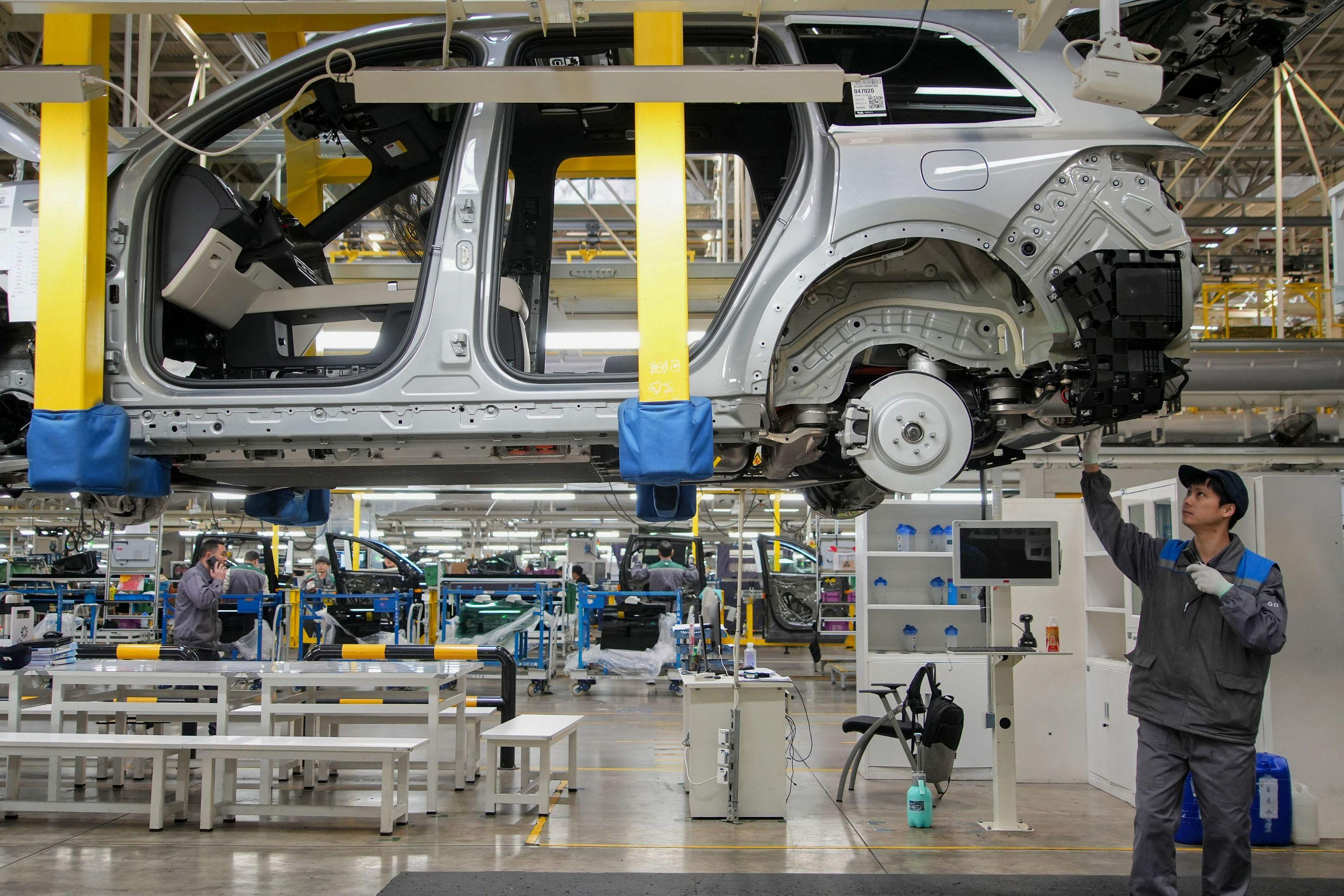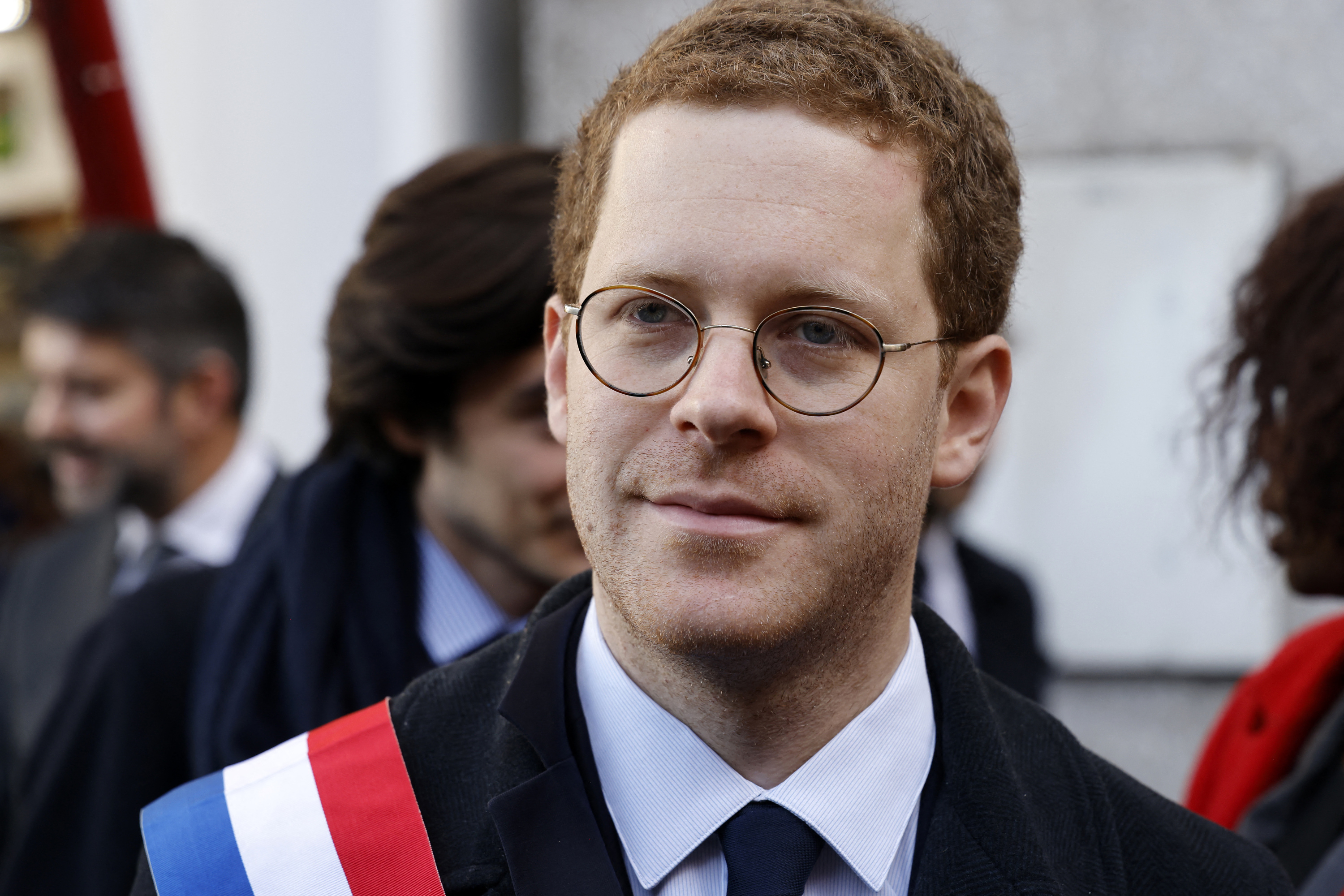Alexei Ovchinin seems to be a pretty calm person. 11. October of last year, he sat together with his American colleague, Nick Hague, in a Soyuz MS-10-capsule, which was just been with a heavy Russian carrier rocket launched. Then it happened.
"A short flight"
The two had already reached more than 50 kilometers of height, as 119 seconds after Lift-off in the capsule, the emergency light came on and the ship automatically by the rocket blasted off and extra missiles from their path has been accelerated. Then it began, the gravity, to move again in the direction of the ground. Ovchinin commented, without knowing exactly what had happened, the thing by radio with the words, "O, this will be a short flight". Shortly after, the two landed together with capsule by parachute, were uninjured, were picked up by helicopter, and a little later you saw them on Russian TV nuts eating on a Sofa.
And tonight, they will try it again.
Five months after that, if you stay in the in the space language used in engineering jargon, "malfunction", for Ovchinin and the Hague on Thursday to 20.14 hrs CET, the Start to the International space station ISS is planned. On Board the Soyuz capsule the US will be American Christina Koch. The rocket is scheduled to lift off from the Russian launch site Baikonur in the steppes of Kazakhstan. The three astronauts are expected after about six hours of flight time to the ISS.
rescue teams in addition to the in October, ditched the Russian Soyuz capsule in the steppes of Kazakhstan.dpa-picture radioIt's not the first Time in the history of space travel, that Cosmo or the astronauts that were already started and in this way, the earth had to return the car to a Start.
malfunction in an altitude of 200 kilometres
What is the first Time - at the 5. April 1975 - exactly happened, is not documented for sure in public. For example, where the capsule came down. The news Agency Tass reported at the time, it was in the Russian Altai mountains happen. You probably went in a Chinese mountain region near the Mongolian border, and the team was saved without the Knowledge of the Chinese authorities quickly and unbureaucratically by helicopter. The landing place was so far from the Kazakh Baikonur cosmodrome, was due to the fact that Vasily Nasarew and Oleg Makarov were already more than four minutes on the road and in almost 200 kilometers altitude arrived. The rescue system was also almost fatal, because the missiles, the wegschossen the capsule of the third rocket stage, they accelerated the soil massif in the direction, so that the cosmonauts and their capsule fell extremely fast. Nevertheless, the case opened umbrellas. For Nasarew it was the second and last flight. Makarov flew after that, two more times and died in 2003 at the age of 80 in Moscow.
Christina chef, an astronaut from the USA, Alexey Ovchinin, a cosmonaut from Russia, and Nick Hague, Astronaut from the United States (v. li.)...Photo: Dmitry Lovetsky/AP/dpaOn the 26.September 1983 had to be activated the rescue system again. However, even on the start ramp. However, the Situation was even more dramatic. The rocket had caught fire, but the rescue system could not be activated first. After 20 seconds it took the ground crew over the radio. Two seconds later, the Booster rocket exploded and destroyed the launch pad, from which the first Sputnik and Yuri Gagarin were launched. The capsule was transported only in very low altitude, but the parachute and braking rockets worked. Both cosmonauts Vladimir Titov and Gennadi Strekalow, flew again into space.
The Almost-Kataststrophe of the German Mission
two German astronauts, Ulrich Walter and Hans Schlegel were In a similar Situation - only on Board a Space Shuttle and, therefore, without the appropriate rescue system. 22. March 1993 should start the so-called D2-Mission to the space laboratory Spacelab. The liquid-fuel rocket engine was ignited. "It started to stutter already," recalls Walter in an interview with the daily mirror. Number of seconds until Lift-off, a few moments, until the thrust force pushes the Crew of the violence in the seats. However, none of that.
"Then it just stopped. Shortly thereafter, we heard a woman's voice - and the word 'stop'," says Walter. What was specifically happening, and I know the Crew is only about a quarter of an hour later. "We knew that we were in danger of their lives". Engine had not ignited properly, the Computer had aborted the Start. Tons under high pressure already beaten liquid hydrogen is meant those danger to life in the same way as the solid-fuel Booster rockets has been ignited three seconds later, and no longer can be switched off. "You think, oh, that was close," says Walter, who is now a Professor of aerospace engineering and the TU Munich.
Two months later, he sat aboard the same Shuttle. Rationally he thought you were safer than the first Time, "because the Problem - a valve that had not closed cleanly - was detected, and the same thing would not happen again for sure," says Walter. Thoughts to put for a second Time in the ferry, he did not had. However, a residual uncertainty he had felt in the seconds before the Start. They hung together so that the Space Shuttles were designed without rescue system - a fact that was become in 1986 the crew of the Challenger for the doom. It was not a "fundamental Problem in the architecture of the Shuttles", a rescue system in the case of this Design impossible, and the astronauts will not be at the top of the rocket, but to the side and so that a possible Explosion were fully exposed.
The hope of flying
to Ensure that after such negative evaluation by those who are just barely escaped the death mask again and again, and again, in the same space ships rise and 100th tons of highly explosive material into orbit to transport, but there are also prosaic reasons. Walters Mr, Esa Astronaut Reinhold Ewald says, is the simple fact that the Cosmo - and astronauts completed just the lengthy space, driver training and on a specific Mission specially prepared had been, make it hard to quickly find a replacement. Ewald, today Astronautics Professor at the University of Stuttgart, says, with a view to the two that start today, that know better than all the others in very concrete terms that you could rely on the rescue system. He finds in this context, there is also praise for the Russian space Agency, Roskosmos: "have dragged this additional mass of the rescue system - a few 100 pounds, although it has not been used for over 30 years, something you should demand from a car manufacturer." The new American capsules, the first of which recently, your unmanned, young completed a long-distance flight, are now equipped with a rescue system.
More aboutaccident with a manned Soyuz capsule flight to the International space station fails
Sascha Karberg and Richard Friebe, Frank HeroldAt the Start, this evening is again the tried and tested, about half a century old. The hope is that it will not be used, says Ulrich Walter, flies at Ovchinin and Hague, but surely.

 Rishi Sunak wants a tobacco-free UK
Rishi Sunak wants a tobacco-free UK In Africa, the number of millionaires will boom over the next ten years
In Africa, the number of millionaires will boom over the next ten years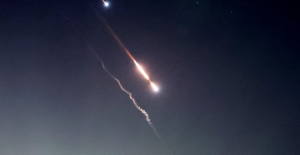 Iran's attack on Israel: these false, misleading images spreading on social networks
Iran's attack on Israel: these false, misleading images spreading on social networks Iran-Israel: David Cameron wants the G7 to impose “coordinated sanctions” on Iran
Iran-Israel: David Cameron wants the G7 to impose “coordinated sanctions” on Iran New generation mosquito nets prove much more effective against malaria
New generation mosquito nets prove much more effective against malaria Covid-19: everything you need to know about the new vaccination campaign which is starting
Covid-19: everything you need to know about the new vaccination campaign which is starting The best laptops of the moment boast artificial intelligence
The best laptops of the moment boast artificial intelligence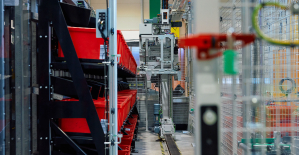 Amazon invests 700 million in robotizing its warehouses in Europe
Amazon invests 700 million in robotizing its warehouses in Europe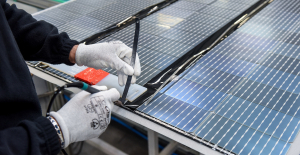 Solar panels: French manufacturer Systovi announces the cessation of its activities due to “Chinese dumping”
Solar panels: French manufacturer Systovi announces the cessation of its activities due to “Chinese dumping” Tesla: canceled in court, Musk's huge compensation plan will again be submitted to shareholders
Tesla: canceled in court, Musk's huge compensation plan will again be submitted to shareholders Two, three or a hundred euros: who are the most generous customers with tips?
Two, three or a hundred euros: who are the most generous customers with tips?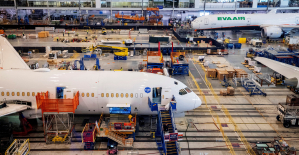 Boeing safety examined in US Senate, after whistleblower's revelations
Boeing safety examined in US Senate, after whistleblower's revelations Immersion among the companions of the Liberation
Immersion among the companions of the Liberation Provence-Alpes-Côte d’Azur releases several hundred thousand euros for the promotion of the work of Marcel Pagnol
Provence-Alpes-Côte d’Azur releases several hundred thousand euros for the promotion of the work of Marcel Pagnol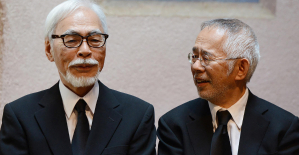 A palm of honor distinguishes Studios Ghibli for all of their work
A palm of honor distinguishes Studios Ghibli for all of their work Gaby, a new play by Pagnol adapted into a comic strip
Gaby, a new play by Pagnol adapted into a comic strip Skoda Kodiaq 2024: a 'beast' plug-in hybrid SUV
Skoda Kodiaq 2024: a 'beast' plug-in hybrid SUV Tesla launches a new Model Y with 600 km of autonomy at a "more accessible price"
Tesla launches a new Model Y with 600 km of autonomy at a "more accessible price" The 10 best-selling cars in March 2024 in Spain: sales fall due to Easter
The 10 best-selling cars in March 2024 in Spain: sales fall due to Easter A private jet company buys more than 100 flying cars
A private jet company buys more than 100 flying cars This is how housing prices have changed in Spain in the last decade
This is how housing prices have changed in Spain in the last decade The home mortgage firm drops 10% in January and interest soars to 3.46%
The home mortgage firm drops 10% in January and interest soars to 3.46% The jewel of the Rocío de Nagüeles urbanization: a dream villa in Marbella
The jewel of the Rocío de Nagüeles urbanization: a dream villa in Marbella Rental prices grow by 7.3% in February: where does it go up and where does it go down?
Rental prices grow by 7.3% in February: where does it go up and where does it go down? Europeans: the schedule of debates to follow between now and June 9
Europeans: the schedule of debates to follow between now and June 9 Europeans: “In France, there is a left and there is a right,” assures Bellamy
Europeans: “In France, there is a left and there is a right,” assures Bellamy During the night of the economy, the right points out the budgetary flaws of the macronie
During the night of the economy, the right points out the budgetary flaws of the macronie Europeans: Glucksmann denounces “Emmanuel Macron’s failure” in the face of Bardella’s success
Europeans: Glucksmann denounces “Emmanuel Macron’s failure” in the face of Bardella’s success These French cities that will boycott the World Cup in Qatar
These French cities that will boycott the World Cup in Qatar Union Bordeaux Bègles-Clermont: at what time and on which channel to follow the Top 14 clash?
Union Bordeaux Bègles-Clermont: at what time and on which channel to follow the Top 14 clash? Football: Ada Hegerberg extends at OL until 2027
Football: Ada Hegerberg extends at OL until 2027 Basketball: suspended for life from NBA for fixing his match
Basketball: suspended for life from NBA for fixing his match Paris 2024 Olympic Games: boxer Estelle Mossely wants to parade on the Seine as a flag bearer
Paris 2024 Olympic Games: boxer Estelle Mossely wants to parade on the Seine as a flag bearer





